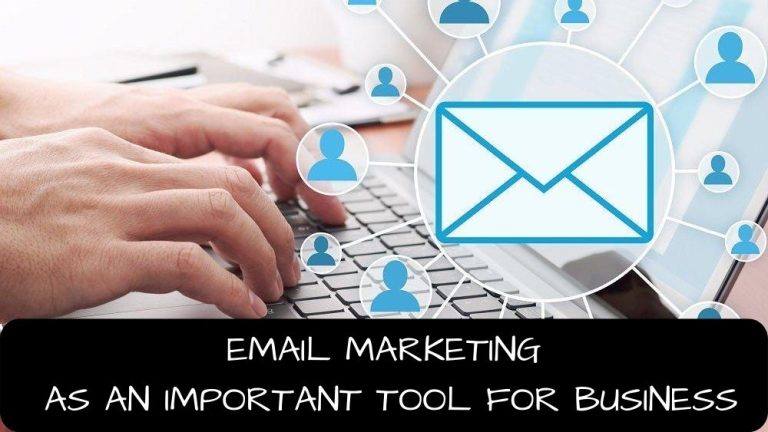11 Product Launch Marketing Wins
Introduction
Congratulations, after hours of planning, research, iteration, and feedback, your product is almost ready to be released, that is, ready to launch.
But are you sure that your product will in fact attract attention and provide value to the target audience?
If you have even the slightest doubt, this article is for you. Because we offer 11 steps for a successful product launch.
11 Step Checklist for a Successful Product Launch
1. Define your target audience
What does your client need? You need to know the answer to this question before launching your product. Do detailed market research to identify potential customers’ pain points before you start working on a plan. Talk to a group of potential users, mainly to understand the problems they have with existing tools or solutions and what features they are missing. Once you understand what is missing, you can create an alternative product that addresses those specific issues.
Again, when starting out, make sure your marketing materials focus on these pain points and not general ones like “our tool saves time” or you can increase your productivity with our tool. People want quick solutions to their pressing problems. And that makes them buy.
2. Set ambitious and achievable goals
Launching a product is no easy task. And that’s why you need to intentionally set benchmarks—because if you’re not very clear about what you want, your planning will be in vain. Ask yourself questions such as: “If planning goes right, what is the maximum number (users or leads) we would like to get?”
3. Choose the right channels
When you are planning a stage, you need to choose the channels you would like to use in order to increase brand awareness by sharing your message. Quite often, marketers make mistakes. No, you don’t have to use every possible channel. Choose only the channels that you know your audience has the most conversations on.
It is best to choose one main channel and use the others as a complement. For example, if you’re launching your product through a Product Hunt or in-person event, raise awareness through blogs, newsletters, and social media (regular and paid).
4. Take part in beta testing
Get a group of beta testers to review your product when it’s in beta. And it is recommended not to skip this step, because then you will be able to launch your product with even more confidence. Typically, beta testers give you feedback in exchange for early access. So it’s a win-win. Now you can evaluate their performance, understand how your tool is actually adding value to their business, and get case studies to share with the world.
5. Think about discounts, bonuses or free products
When you launch a product, you can reward early adopters. Providing a special offer can encourage them to try your product on launch day. However, you will need to plan for this prior to launch. Bonuses can be in the form of a discount, free access to a paid event, free access to a course, or anything else that would be of interest to your ideal target audience.
6. Establish a solid customer support process
A product launch means you’ll get a flood of questions and comments across all channels, and responsiveness is a must. According to “a study conducted by The Harris Poll on behalf of Sprout Social, more than 75% consumers expect a response in less than 24 hours when they contact a company on social media.” Also, write down all comments/questions in a consistent format to understand the main findings. This will give you an idea of how you can improve the product.
7. Time your launch carefully to drive sales
Timing is everything when it comes to launching a product, even more so if you opt for a global launch. For example, don’t launch your product when your potential customers are most likely on vacation. For example, August is the month when most people in Europe go on holiday. As you brainstorm the launch planning process, identify the places and times that will give you the most bang for your buck. For example, live events in your industry or offline events. If possible, you can also host events.
8. Make sure your forms are accurate
A product launch can take many forms depending on the industry. For example, application forms, contact forms, survey forms or feedback forms. However, these forms can take a long time to develop. But no more!
Enter 123FormBuilder. Whether you’re starting a software product or your own cake business, 123FormBuilder has over 2,000 free templates to suit any business need. Learn more about 123FormBuilder and access the desired template.
9. Launch an Email Campaign
Simply put, a product launch email is a type of email that is sent to your subscribers with product launch details. Usually such letters are sent right before the launch or immediately after it. Quick tips for writing a stellar product launch email;
- Raise the expectation. Send out a series of emails to generate interest in your product, highlight different features and how they will benefit your audience.
- Create compelling headlines. A killer headline can change everything. Make sure it is clear, relevant, and touches on pain points.
- Schedule emails ahead of time. Decide how many emails you want to send, A/B test copies, and schedule them well. Don’t forget to include the launch date in your emails.
- Proper CTA placement. Whether you send one or ten emails, your calls to action will play a big role in how many people actually invest in and use your product. Treat yourself to offers and discounts. For example, the first 100 people will get a 50% discount, or the first 50 people will get free access to a $1,000 course. Good calls to action create momentum.
Click here to get FREE product launch email templates exclusively from Flodesk.
10. Collaborate with newsletters to create more buzz
Depending on your budget, choose 2-5 newsletters and publications that your potential buyers view daily to build brand awareness and interest.
11. Create product documentation
When you launch a product, it should be accompanied by user friendly documentation. Here are some tips to keep in mind;
- Installation or customization guides, tutorials, and reference documents.
- If you are targeting a specific foreign market, you may need to consider translating documentation into those languages.
- Create video content for potential customers who may need an in-depth understanding and features of the product, such as a demo.
- Create quick start guides for instant distribution.
Key KPIs to measure product launch
- Run Campaign Metrics: Includes generated leads, advertising channel metrics, website traffic, or page views.
- Product implementation indicators: Includes product trials, customer usage, and user retention.
- Market impact indicators: Includes revenue generated, market share, and competitive win rate.
- Quality feedback. Includes internal feedback and external feedback.
Your product is ready to launch – it’s time to launch!
Once you are sure that your product meets all the requirements and you have all the required materials, it is time to simply launch it on the scheduled launch date. Make sure your team is ready for the amazing moments that launch day brings. Also, make sure everyone is clear about their goals. All the best!







